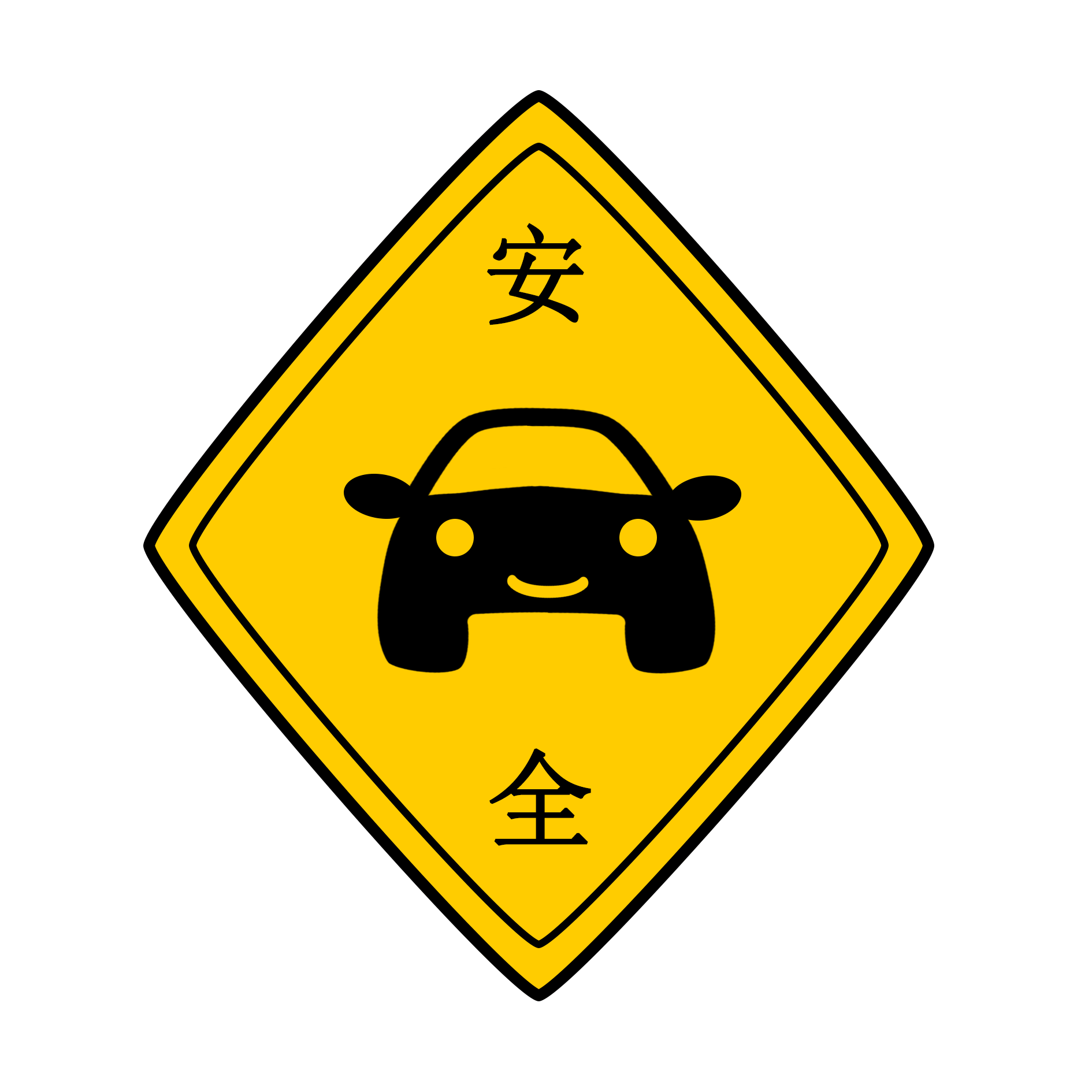Save Lives With Data
How can we use data and technology to better the health of the Australian population, and what could be the economic impacts?
Go to Challenge | 35 teams have entered this challenge.

Team Drop Table
How can technology make us safer on the roads? In ACT since 2000, 13 people have died on average every year due to road based collisions (https://policenews.act.gov.au/crime-statistics-and-data/road-toll).
In order to promote awareness around road safety, Team Drop Table has designed a web based application that utilises existing ACT road collision data and a support vector machine algorithm in order to generate the probability of road collisions based on input from users.
Traffic accidents are significant cause of injury and loss of life in Australia. Since it is an everyday activity in many Australians lives, it quickly becomes an activity that we don’t associate with risk. Our data aims to create a driving conditions report for users, by allowing users to input their destinations and allowing the application to aggregate risk factors that could apply to their driving route. This currently considers seven variables, such as location, road quality, weather, time of time, lighting conditions and day of the week. This allows the user to benefit from existing data to by being informed more accurately of the risk of their actions, allowing more drivers to be able to pick their driving routs and times with more consideration and allow them to minimise risk taking behaviour such as driving in heavy rain or areas with low quality lighting.
There is a need for a program like this, as unlike other states and territories, the ACT boasts few safety applications or programs to promote safety issues amongst drivers. While the ACT Government goes to great effort to ensure the rules and regulations of road engagement are available to road users, there are few campaigns highlighting potential hazards on roads. ACT Policing regularly runs ‘themed’ months that encapsulate certain dangers such as drink driving, speeding, or driver distraction, however more common risk factors such as weather and timing are not often correlated with crash severity or fatalities and promoted in awareness campaigns.
‘Anzen’ comes from the Japanese word for safety – a concept that encompasses the purpose of our 2018 Govhack submission. By giving users information about the chance of an accident we want to increase awareness of road dangers. Having the ability to identify risk allows the driver to focus on potential dangers on the road and should result in fewer accidents.
This program mainly derives its risk association from ACT road crash data between 2012-2018. We utilise a SVM (Service Vector Machine) to be able to take this information and separate it into a level of risk based on historical patterns. This data then undergoes controlled Machine Learning to generate a hyper dimensional model that tries to predict the most likely crash to occur. A website front-end was created to collect a small amount of data from the user and see where it lines up into the model.
The program does this by;
1. Utilising existing data (the 54,000 entries) on conditions during crashes (time, lighting, road quality, etc.) to train a computer to produce a hyper dimensional model.
2. Comparing theoretical conditions generated by user input to the model created.
3. Providing feedback to the human where there driving conditions fall into the model (likelihood of minor property damage, human injury or even fatality).
The good thing about this approach is that it is very easy to incorporate additional variables into the machine. It’s highly scalable and the more relevant variables we are able to add the more accurate the machines predictions become.
Description of Use Used in the machine learning algorithm to project probability of incidence/accident under specific conditions.
Go to Challenge | 35 teams have entered this challenge.
Go to Challenge | 9 teams have entered this challenge.
Go to Challenge | 13 teams have entered this challenge.